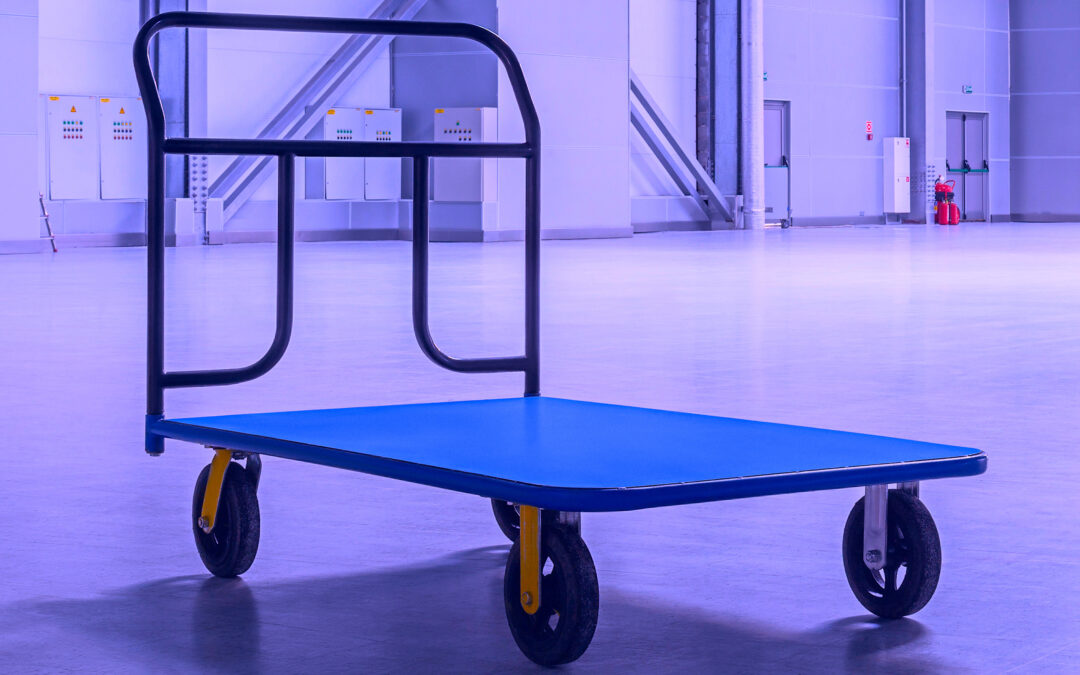The seminar that I conducted at the April 2022 Oklahoma Predictive Maintenance User Group (OPMUG) meeting in Stillwater continues to provide keen insights on various obstacles confronting many equipment-intensive industries. When I asked the attendees (from a broad range of industries) to jot down their thoughts about some challenges they expect their businesses to face over the next 3 to 5 to 10 years, I was impressed with the consistency of the responses.
Two of the most cited challenges involved parts and people. As I had promised in my April 12, 2022 newsletter column (see link below), I’m using this week’s column to discuss these findings in more detail.
Click Here To Read The Referenced April 12, 2022, Column
“Back In The Saddle. . .Again”
PARTS CHALLENGES
The attendees’ parts-related challenges broke down to supply-chain delays, sources drying up, and the poor quality of parts and equipment used in maintenance and reliability activities. Often, the challenges appearing today and threatening the future of asset reliability were described as ordinary parts and equipment, not necessarily the historically hard-to-find stuff.
Comments suggested that, in the recent past, many “bean counters” and top managers urged reductions in the stocking of spare parts and shopping for low-cost suppliers as cost-control measures. Frustrations with these actions indicated that the decision makers had little to no idea of the impact on plant and/or facility performance and operations. The primary concern was (and continues to be) cost cutting.
Today, as prices of almost everything increase, the future of cost-cutting decisions is all but assured. The most challenging “cost-cutting” question that must be addressed by top management’s decision-makers should be, “How will this affect our business performance?” And the second question should be “What are the alternatives?”
One interesting suggestion was to require “bean counters” and top managers to spend a week in the life of each plant-floor/facility department once each year. Bravo!
PEOPLE CHALLENGES
Regarding people-related challenges, the attendees’ responses indicated that little has changed in the decades-long concerns of skills gaps. Those “concerns” however have now become the new reality in a growing number of businesses. The reality of those challenges has emerged as work-ethic issues and shallow skills/knowledge, which can lead to dangerous equipment performance and reliability-backsliding.
The referenced work-ethic issues mostly dealt with new employees that weren’t aware of the reality of work, which led to high turnover as they shopped for better jobs, work-life balance, and pay.
Shortages of skills and knowledge, an ongoing “brain drain” concern, is emerging as highly skilled employees leave/retire with little to no prior knowledge-capture processes in place. A second part of this new reality is the incompleteness or inaccuracy of equipment documentation or procedures.
When we think this one through, it is obvious that a highly skilled, long-tenured employee would have little use for equipment documentation and/or procedures. Frequently, their equipment knowledge becomes second nature over decades of work in the company. That lack of appropriate documentation frustrates many new employees. Training new workers is also a long-term and costly investment.
AS FOR COUNTERMEASURES
There can be many causes for the types of parts and people challenges described here. But one of the most obvious solutions for them is to overcome the disconnect between top management’s decision-making and realities of the plant floor. While this disconnect is NOT entirely new to Reliability Pros, extreme global conditions have made it more devastating to many of today’s businesses. Thus, making the case for equipment-operations reliability should be a top priority.
History has shown us that when joint top-management/plant-floor-teams explore issues and causes of declining equipment performance and reliability, better balanced decisions emerge. Such decisions can help prepare businesses to successfully weather downturns, shortages, and other challenges ahead.TRR
Click Here To Learn More About The
Oklahoma Predictive Maintenance User Group (OPMUG)
ABOUT THE AUTHOR
Bob Williamson is a long-time contributor to the “people-side” of the world-class-maintenance and manufacturing body of knowledge across dozens of industry types. His vast background in maintenance, machine and tool design, and teaching has positioned his work with over 500 companies and plants, facilities, and equipment-oriented organizations. Contact him directly at 512-800-6031 or bwilliamson@theramreview.com.
Tags: reliability, availability, maintenance, RAM, predictive maintenance, PdM, spare parts, supply chain, skills shortages, labor shortages, workforce issues, training and qualification, Oklahoma Predictive Maintenance User Group, OPMUG



